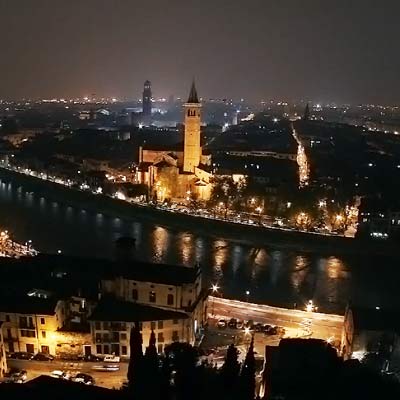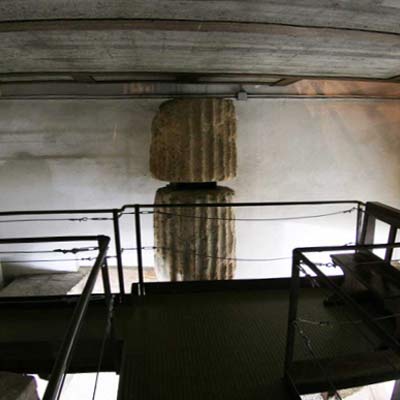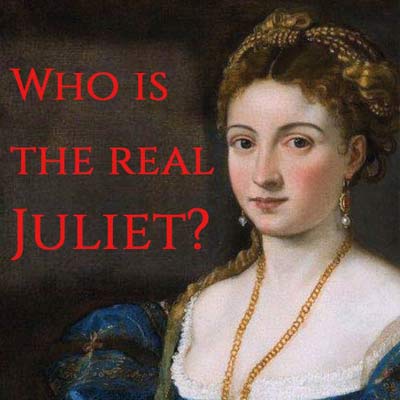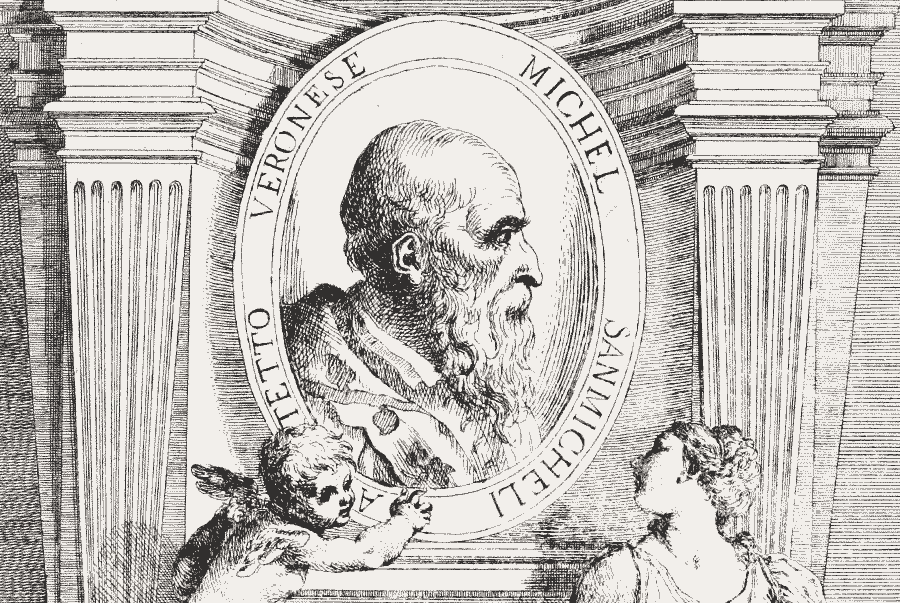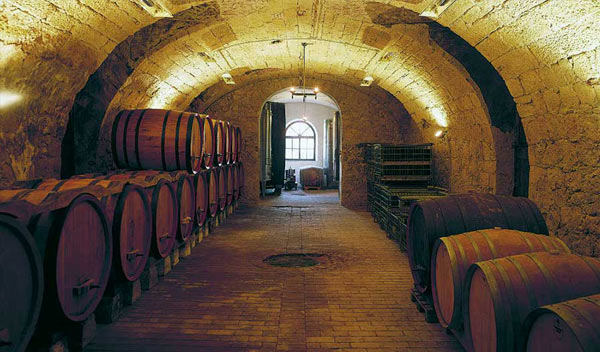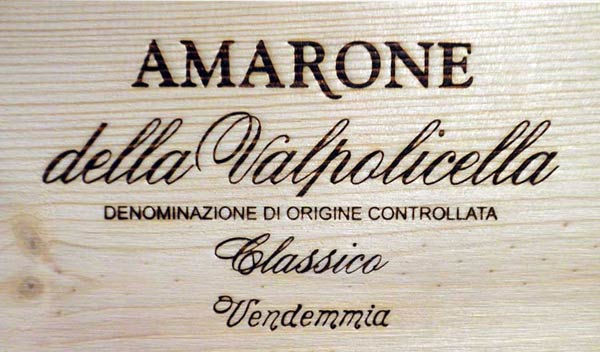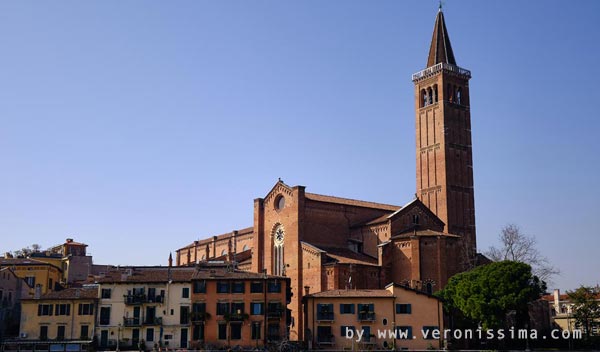Palladio in Verona
Even if Andrea Palladio's works are mainly concentrated around Vicenza, in the surrounding area and in the eastern Veneto region, Verona too hosts some of his original masterpieces such as Villa Serego/Santa Sofia.
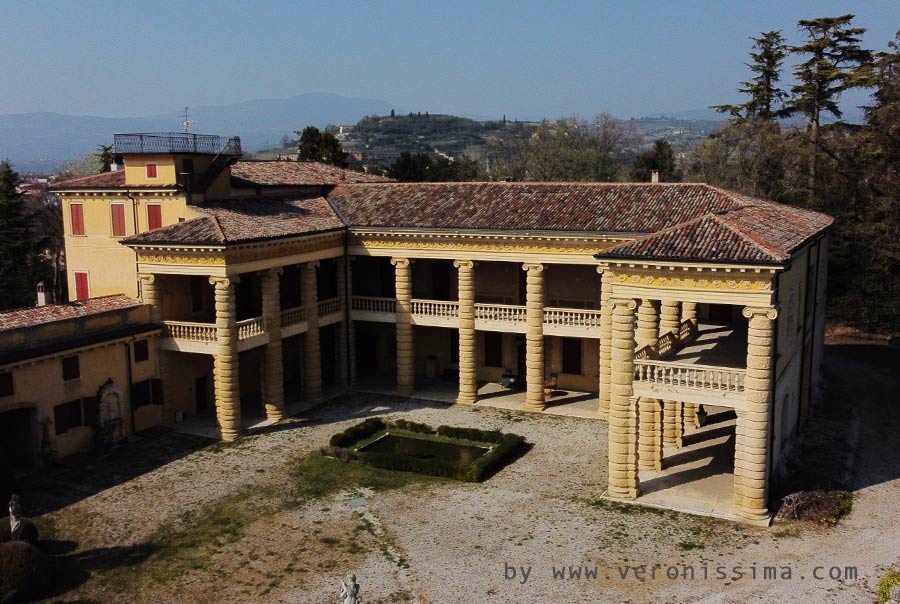
For those who want to take a tour of Palladio's works, Vicenza is the ideal destination. However, for true enthusiasts eager to get to know some of the most original and least known works of the great master of universal architecture, Verona also offers some interesting ideas for guided tours.
Oncoming Tours
Palladio Tours in Verona - Info and Bookings:
+39 333 2199 645 info@veronissima.com P.I. 03616420232 C.F. CPPMHL74L13L781C
Palladio Vs Sanmicheli
Even if Verona is only 50 km from Vicenza, the real "capital" of Palladio, his works in the Veronese territory are few.
The noble families of Verona, very proud of the prestigious Roman and Scaliger history of the city, always wanted to maintain an autonomy, even only aesthetic, even during the centuries of Venetian domination. They therefore preferred to entrust the renewal of Verona's architecture in the 16th century to the Veronese Michele Sanmicheli, whose work is still an unmistakable feature of the city's appearance and even its urban structure.
If you want to know more
Villa Santa Sofia
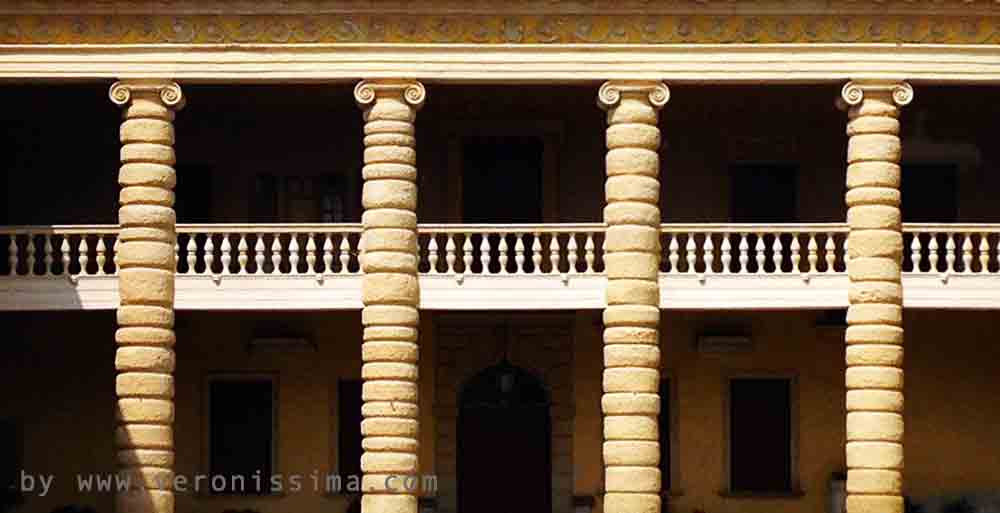
Just outside Verona, however, is the villa that is considered to be the most original of Palladio's creations: Villa Santa Sofia.
The villa was built on the property of Marcantonio Serego, a descendant of Cortesia Serego, a knight of the della Scala family, who, in recognition of his services, received the land in the heart of Valpolicella where the small church of Santa Sofia still stands. As early as the 14th century, the monks produced and stored wine in the monastery's cellars, and even today, in the Santa Sofia winery, which occupies the west barn of the villa, an excellent Amarone is produced.
If you want to know more
Villa Santa Sofia is one of the last works designed by Palladio and is a unique example in the vast production of the artist.
Unlike the typical structure of the Palladian villa, dominated by the central body of the manor building, here Palladio decided to articulate the villa around the great "void" of the central courtyard, inspired by the Roman villa. Instead of plastered bricks, the surface of the villa is characterized by massive tufa pillars surmounted by Ionic capitals. The material came from the local quarries of the Serego family, and the roughly hewn blocks, one on top of the other, form irregular stacks and become one of the main characteristic elements of the facade.
The pilasters, together with the effect of empty and full spaces, similar to that obtained for the lower loggia of the Palazzo Chiericati in Vicenza, contribute to creating a sense of austere power rarely achieved in Palladio's more typical achievements.
The villa, due to a variety of difficulties, especially of an economic nature, was never finished, and what can be admired today is a small portion of the initial project and the lateral barchessa where the winery is still housed.
The wonderful park of the villa hosts some imposing trees contemporary to the realization of the villa.
Villa Santa Sofia is currently not open to visitors. It is possible to visit the Santa Sofia cellar hosted in the left wing of the rustic buildings of the complex. The cellars are still those of the old monastery. From a window of the tasting room it is possible to see a portion of Villa Serego's façade.
Palazzo della Torre
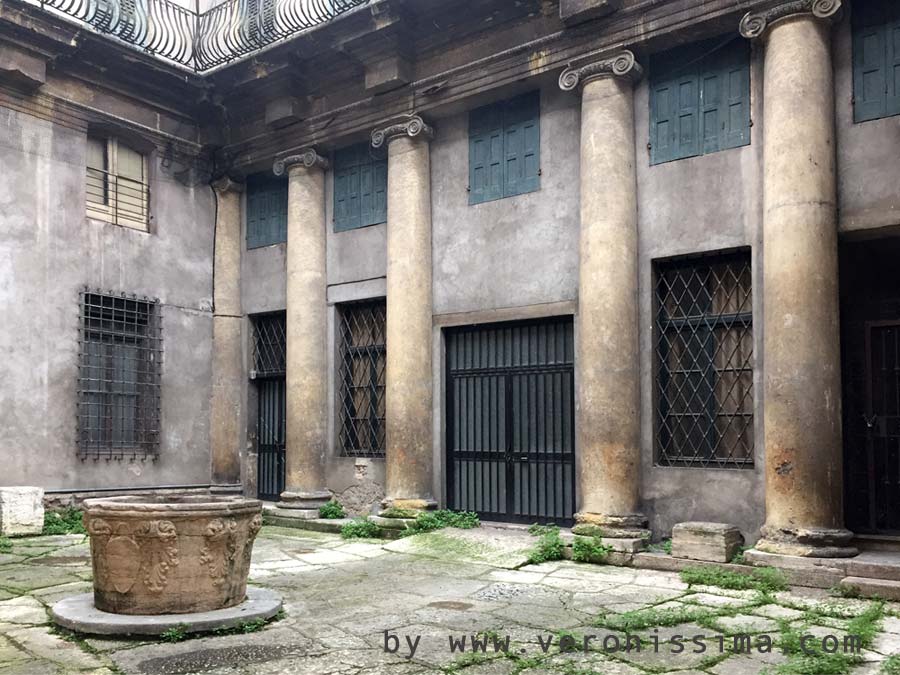
Palazzo della Torre is the only work by Andrea Palladio in the city of Verona. It was commissioned by Giovan Battista della Torre, a man of science and culture and a friend of important people of the time.
The dating of the palace is uncertain, probably around 1555, as well as the real structure of the construction, realized only in part. Moreover, during the Second World War, a bombing damaged the building of which remain today an imposing portal and the courtyard with columns and trabeation. Few elements, however, contribute to create a fascinating and mysterious effect of archaic ruin. The palace can be visited from the outside.
Fregoso Altar
Another work that is traditionally attributed to Andrea Palladio is located inside the church of Santa Anastasia. It is the funeral monument dedicated to the Genoese Giano Fregoso, commander of the Venetian militia, who died in Verona in 1529. The Fregoso altar is normally shown by our tour guides during visits to the church of Santa Anastasia.
If you want to know more
The group of sculptures represents the resurrection of Christ. It was created by sculptor Danese Cattaneo in 1565. Danese Cattaneo, originally from Colonnata, had many connections in the artistic and cultural scene of Veneto, collaborated for a long time with Sansovino and was a personal friend of Andrea Palladio. Even if there is no official documentation, tradition holds that the setting of the work is the result of an idea of Andrea Palladio, probably an informal sketch made for his sculptor friend who had asked him for advice and help for an important assignment.
The work depicts the tomb of Jesus as a classical architectural structure in white marble with a distinct Palladian atmosphere. In the center is the mighty figure of Jesus emerging from the tomb represented by the central door consisting of a slab of black marble. Symmetrically at the sides are two Roman soldiers minutely depicted in their loricas.
Info and bookings:
+39 333 2199 645 info@veronissima.com P.I. 03616420232 C.F. CPPMHL74L13L781C

 IT
IT 日本
日本 DE
DE FR
FR 中文
中文 ES
ES